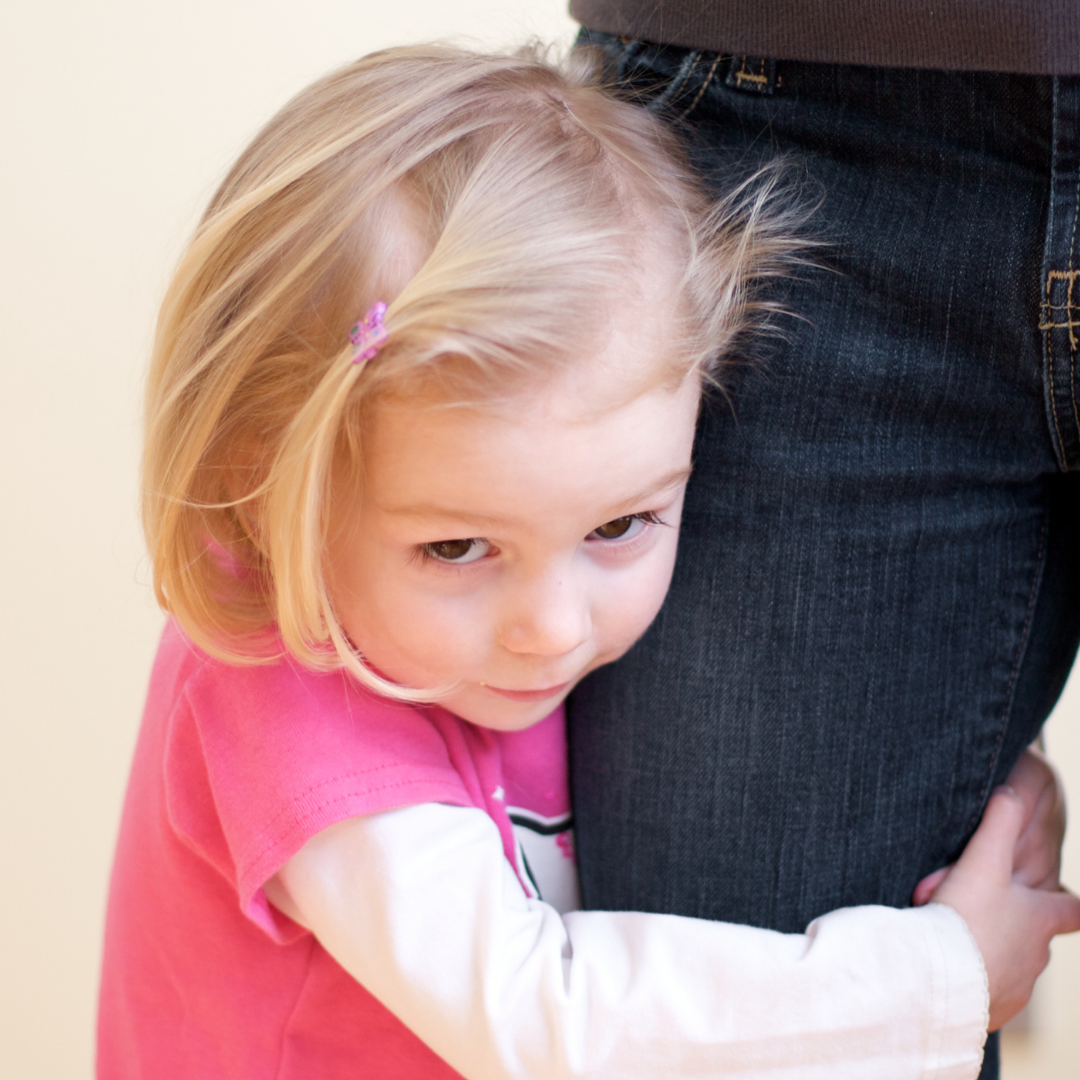Kodály, Orff, Dalcroze and Suzuki – By Jo Irwin
Have you ever wondered what it actually means when we say that our Mini Maestros education program is based on Kodály methodology and is influenced by the theories of Orff, Dalcroze and Suzuki?


Read on to discover…
how every aspect of our program has been carefully developed and adjusted for over 30 years to reflect the changing world around us without straying from the core focus of developing the whole child. Our primary aim is to help create self-reliant, confident and well-rounded learners who are familiar with the classroom experience and prepared for school.
Zoltan Kodály
Zoltan Kodály was a Hungarian composer and educator who believed that a person cannot be complete without music as it serves to develop a person on all levels – emotionally, spiritually and physically.
With singing as the foundation, Kodály’s notion is that the use of the voice allows music to become part of the natural learning process and that children can use their voice for singing games and play based learning that allows them to discover musical elements creatively using the ears and eyes.
Kodály’s writings underpin our philosophy of developmental, sequential and cumulative learning and his influence is evident throughout our program. An example of a sequential activity is our Bye Lo lullaby currently being used in our 2-3-year-old program. This song is introduced at this level as a simple lullaby and then extended thereafter in our 3-4 years activity when learning about dynamics (piano and forte). It is then extended further in our 4-5 years program where the children learn to play the notes of this simple song on their chime bars whilst singing what has become a very familiar tune simultaneously.


Carl Orff
Carl Orff, a German composer and educator recognises the importance of singing, body percussion, using both tuned and non-tuned instruments, movement and speech in children’s early music experiences. Orff believed these elements provide a holistic approach to building creative expression and this in turn empowers students of any age to take ownership of their learning.
An example of how this is used in every class and age group in our program is our Welcome Song. Children are encouraged from our youngest age groups to choose their own action to do to the music. This can often be movement “twirl like a ballerina”, body percussion “clapping hands” and even instruments “pretend to play the trumpet” or in some cases children bring an actual instrument to play to the group “I would like to play my Kalimba I brought home from Bali”! The empowering aspect is that a child can choose not to choose an action, thereby taking ownership of their level of participation in the class.
Emile Jaques-Dalcroze
Swiss born, Emile Jaques-Dalcroze (1865-1950) focussed his research on the effect of human movement on musical perception. Basing his theory on physical awareness that the body is the source of musical ideas, he structured his findings into three parts, Rhythmics, Ear and Voice training and Improvisation.
Rhythmics involves the whole body, moving to the different elements of music such as beat, rhythm and pitch and responding to this physically. Examples of this in our program include our “Hold your bees up high” activity in our 2-3-year-old classes. Children are encouraged to physically respond to pitch (high, low and in the middle) by using their bodies and Bumblebee puppets accordingly.
Ear and Voice training studies pitch using both visual and aural clues. Examples of this are seen in our 4-5-year-old program when children use their work books to point to high and low pitch images whilst simultaneously singing the words to familiar songs such as Bee Bee Bumblebee.
Improvisation fosters a musician’s creative approach to making music and this can be seen in our current term’s program for our 3-4 year old children who are having loads of fun creating their own words and sounds for our “Hey Hey Look At Me” singing game.
100 years in the making, the work of Dalcroze remains to be an effective, fun and creative way to teach music and is as relevant today as it was when the idea was first introduced over a century ago.


Suzuki
Dr Shinichi Suzuki was the son of a Japanese violin maker. He was inspired to teach himself to play the violin which took him to Germany where he studied, made influencial friendships and met his wife before returning to Japan prior to World War II. The hardships of war greatly affected his life and he subsequently dedicated himself to positively influencing the lives of children.
What has now become widely known as the Suzuki Method, Dr Suzuiki’s teaching used the concept of “character first, ability second” with the primary goal of developing the whole child. His methodology focuses on nurturing a love of music and developing a fine character over simply mastering a musical instrument.
His observations of children throughout his life reinforced how easily they learned their “mother-tongue” through listening, imitation and repetition and he believed that music could be taught the same way.
One of the ways we help children grow their confidence in our program is through the use of repetition. In our 6-15 month and 1-2-year-old classes, the activities introduced are presented each week for often up to five consecutive weeks where we hear parents and carers commenting on how they see their children are starting to copy and explore now they know what to expect and feel safe to discover on their own terms. This includes playing instruments, experimenting with language skills and gross and fine motor skill tasks.


